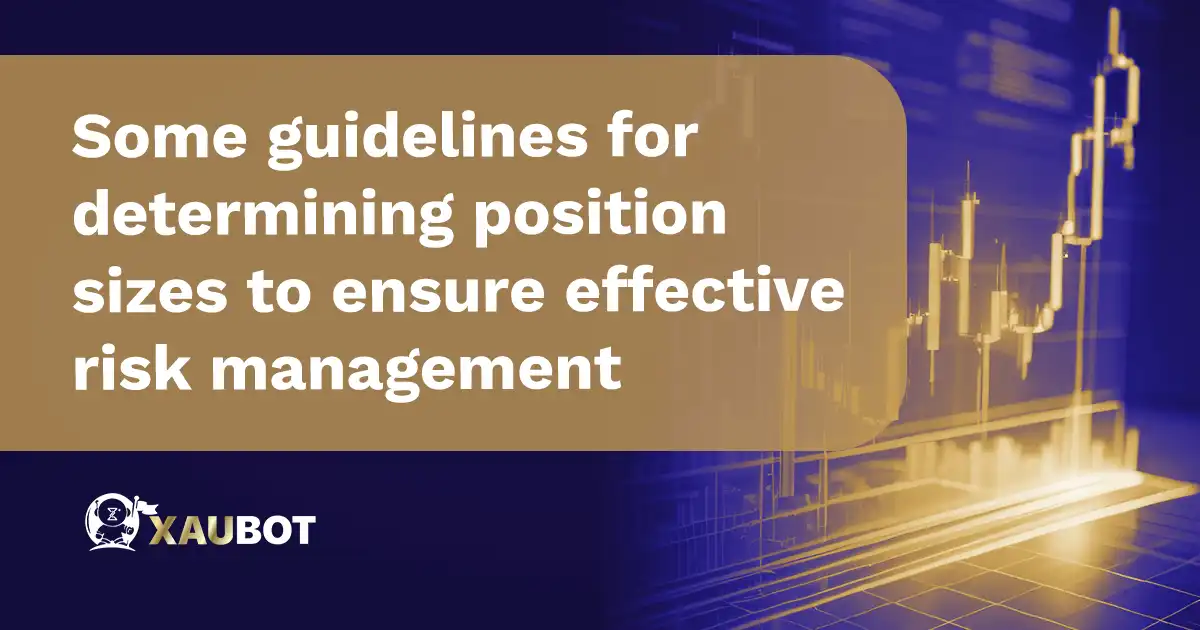Welcome to the thrilling world of forex trading, where fortunes may be made but perils abound. You may have come across different techniques promising spectacular returns as a beginner in this fascinating profession, but there is one essential principle that every prospective trader must understand: risk management. It acts as the foundation for all profitable trading excursions.
Even the strongest trading strategy can result in devastating losses without a proper risk management approach, leaving you dejected and disillusioned.
Today, we’ll take a journey through the concept of risk management, with an emphasis on determining position sizes – a vital component of protecting your money and succeeding as a forex trader. We’ll start with the basics and work our way up, arming you with the knowledge to navigate the markets with confidence and resilience.
The Formula
Before delving into the wonders of risk management, consider this basic yet effective formula for calculating position sizes:
Position Size = (Account Size * Risk Percentage) / Stop-Loss Distance
You may be wondering what these terms signify and how they work together to protect your hard-earned money.
Example
Meet John, a newbie to the world of FX trading. He has a $5,000 trading account and has opted to only risk 2% of his cash on each deal. He also employs a disciplined trading approach, which involves the use of stop-loss levels to mitigate prospective losses. John has set a stop-loss distance of 40 pips for his newest trading idea.
Account Size = $5,000
Risk Percentage = 2% (0.02 as a decimal)
Stop-Loss Distance = 40 pips
Using the formula, John calculates his position size as follows:
Position Size = ($5,000 * 0.02) / 40 = $2.50 per pip
John now understands that he should risk $2.50 for every pip fluctuation in the currency pair he is trading. This technique assures that no single trade puts more than 2% of his account at risk, allowing him to save his funds for future trading chances.
Embrace Risk Management as a Solution

As we conclude this chapter of our forex trading experience, it becomes clear that risk management is more than just a buzzword; it is a need for success. Calculating position size allows you to take control of your trading destiny, protecting your capital from needless exposure and limiting potential losses.
As a novice to this exciting industry, remember this lesson: you can have the best trading method in the world, but without effective risk management, you will be misled. So, begin this trip with a solid foundation, adopting risk management as your guiding compass in the vast and unpredictable ocean of FX trading. Armed with this information, you may now tread confidently, navigating the market’s waves and ensuring that you are well-equipped to exploit chances and tackle problems, one trade at a time.
Here are some guidelines for determining position sizes to ensure effective risk management

Start with a small account: If you are new to trading, it is a good idea to begin with a small account. This will allow you to understand how to manage risk without putting too much money at danger.
Utilise a risk management calculator: There are numerous risk management calculators available online. These calculators can assist you in determining the best position size for your risk tolerance and trading style.
Consider market volatility: More volatile markets necessitate higher stop-loss thresholds to preserve your wealth. It indicates that in more volatile markets, you will need to use lower position sizes.
Think about your trading strategy: Different trading techniques necessitate varying position sizes. A scalping strategy, for example, necessitates smaller position sizes than a trend-following strategy.
Think about your risk tolerance: How much risk are you willing to take? Smaller position sizes are preferable if you are risk-averse.
Final Words
Trading without a solid risk management plan is like sailing without a compass – you may end up stumbling aimlessly and experiencing dangerous storms along the route. Accept risk management as your compass, directing you to sound judgments and placing you for long-term success in forex trading.
As you embark on this exciting trip, keep in mind that trading success is judged not only by the number of profitable deals but also by your ability to efficiently safeguard your cash and manage risk. Take the time to learn how to calculate position sizes, and you will be armed with a powerful instrument that will serve as the foundation of your forex trading pursuits. May this information serve as a beacon of light, guiding you to sensible and profitable trading experiences.
